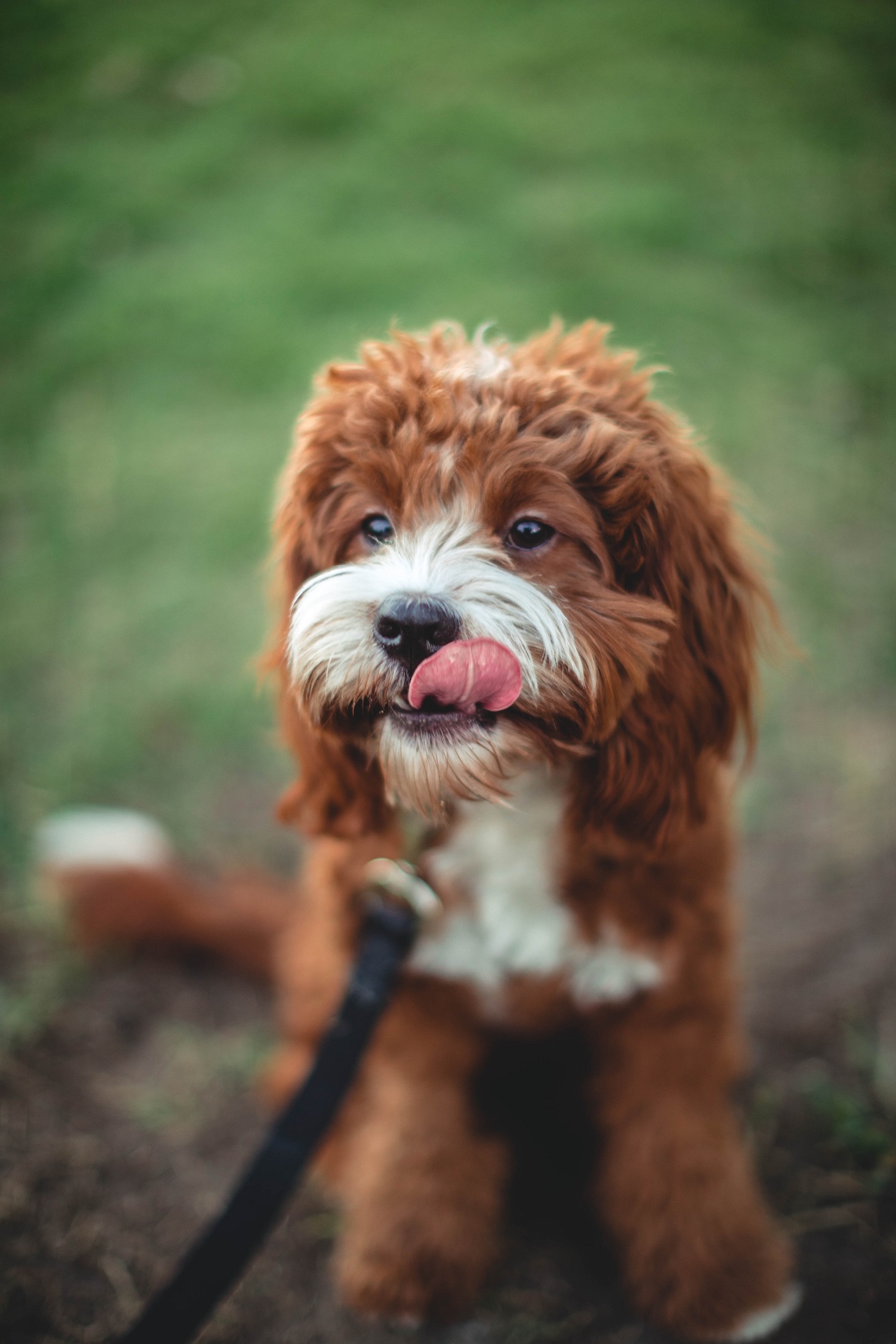Posted on 13 Jun 2019 in Cats, Disease, Pet Care, Dogs, Eyes
Dry Eye
Dry eye is a common condition seen in dogs. It is also known as keratoconjunctivitis sicca or KCS. The normal tear reading for a dog is over 15mm/min. Dry eye is diagnosed when the tear reading falls below 10 mm/min.
Clinical signs of dry eye:
- Red eye – varies from mild to severe
- Watery to mucky discharge – thick copious amounts of discharge that recurs as soon as it is cleaned away
- Rubbing the eye/s
- Pigmentation
- Secondary corneal ulceration can follow dry eye
Causes of dry eye:
There are many causes of dry eye, but the most common cause is immune-mediated dry eye. Certain breeds at risk of this condition include West Highland White Terriers, Miniature Schnauzers, Cocker Spaniels, Shih Tzus, Bulldogs and Cavalier King Charles Spaniels. Other causes of dry eye include certain drugs, removal of the third eyelild gland and neurogenic dry eye.

Medical management:
Treating the symptoms: It is important to keep the eye free of discharge as much as possible. Many over the counter artifical tear supplements such as Tears Naturale, Tears Refresh or Systane UD can be used to remove excessive discharge. Where possible, use preservative free compounds as this will reduce the amount of irritation to the eye.
Treating the cause: Immune suppressive medications such as Optimmune, Cyclosporine and Tacrolimus are used to control the reaction. If the gland has been badly damaged, however, these medications may not help. Do not apply any medication over mucky discharge as it does not allow the medication to work.
Neurogenic dry eye: This is a unique form of dry eye where the nerves that lead to the gland no longer function normally. PV Carpine can be effective in stimulating the nerves in some patients.
Surgical management: For cases that do not respond to medical management, surgical intervention is warranted. The surgery of choice in these cases is a parotid duct transposition (PDT), which allows the duct that carries saliva from the parotid gland to the mouth to be relocated to the eye. This means the eye is being moistened with saliva. This is a specialist procedure done by a veterinary opthamlogist.
Cleaning the eyes:
It is vital that your dog’s eye remain free from mucky discharge. Always clean your pet’s eyes with artificial tears after they have been outside to remove any debris.
Monitoring response to treatment:
It can take up to 4 weeks for tear production to improve on medication. A revisit appointment is recommended 4 weeks after starting treatment to do a Schirmer tear test. Depending on inital response to treatment, the frequency or concentration of medications may need to be increased, or alternative medications used.

Top photo by Ruby Schmank, bottom photo by Roberto Nickson.

